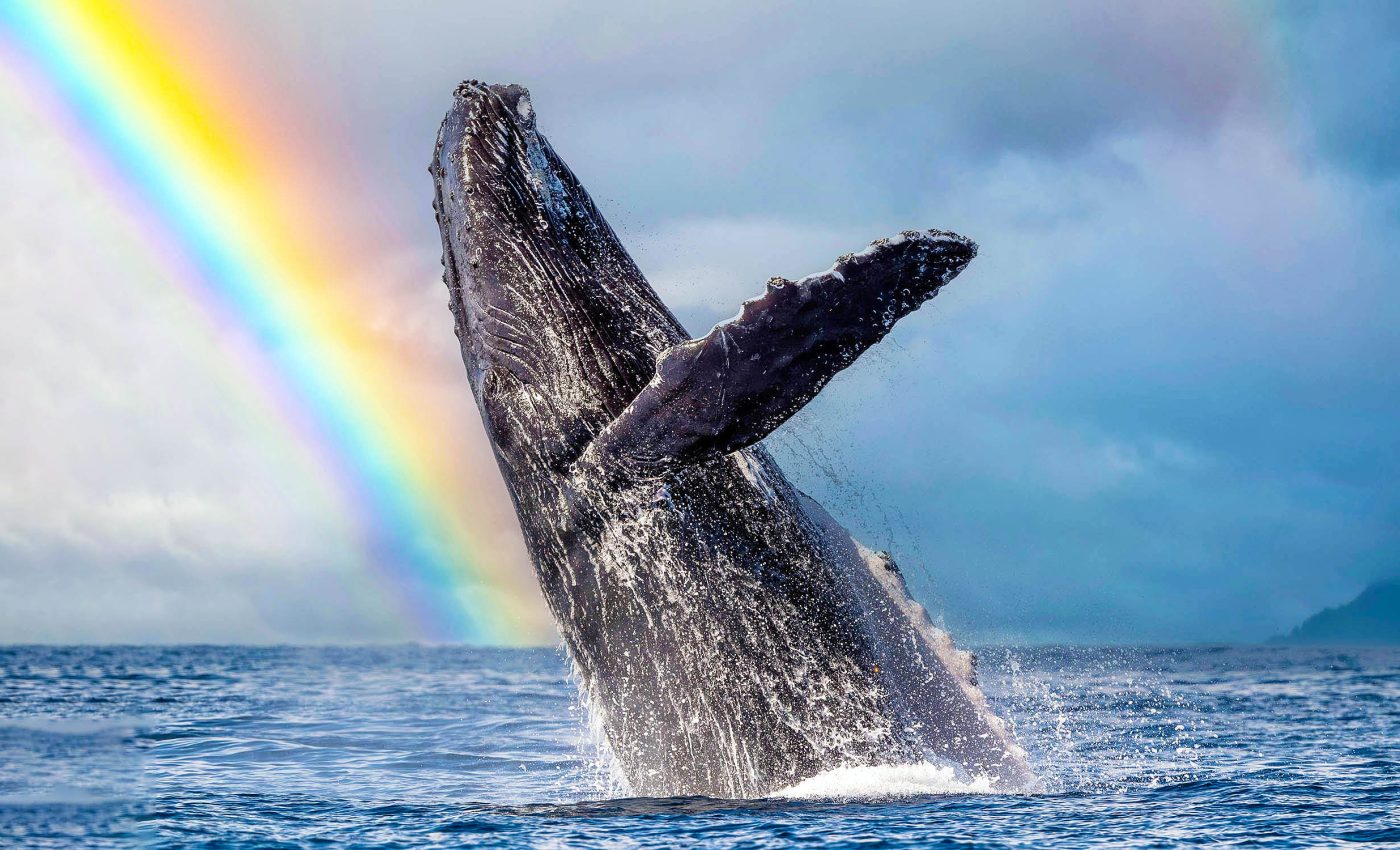
Add humpback whales to the list of animals that build and use tools
Who doesn’t love a good tale about whales? Humpback whales, in particular, continue to astound with each new revelation. Scientists recently discovered that humpback whales are not only capable of using tools but are also adept at creating and altering them to enhance their hunting prowess.
This remarkable behavior sheds light on their intelligence and social structures, revealing a level of cognitive ability that challenges our understanding of marine life.
These magnificent creatures are not merely gigantic inhabitants of our oceans; they are active participants in their intricate marine habitats, playing vital roles in the ecosystem.
Humpback whales use tools for hunting
At the forefront of this startling revelation is Professor Lars Bejder, the esteemed Director of the Marine Mammal Research Program (MMRP) at the University of Hawai’i.
Bejder, along with his dedicated and diligent team of researchers and marine biologists, had been conducting extensive studies on the humpback whales in the southeast (SE) region of Alaska.
This area is known to be a vital feeding hub for these magnificent marine animals, rich in the nutrients and prey they rely on for sustenance.
What they discovered was nothing less than dramatic and groundbreaking: humpback whales aren’t merely surviving in this environment – they are actively shaping it.
Their feeding habits and social behaviors play a crucial role in the local ecosystem, influencing everything from the distribution of prey species to the overall health of marine habitats.
The scientists uncovered the whales’ extraordinary technique of creating complex “bubble nets” to trap their prey.
The whales control the size, depth, and distance between these bubbles, making their hunting process efficient and energy-conserving. This ingenious strategy allows them to capture seven times more prey in a single dive.
Significance of “bubble nets”
Humpback whales are known for their complex songs and acrobatic breaches, which mesmerize anyone fortunate enough to witness them.
However, survival in the vast ocean demands efficient hunting and strategic adaptability, even for humpback whales.
These magnificent creatures embark on an incredible migration, traveling thousands of miles to overwinter in the warm, inviting waters of Hawaiʻi, where they can breed and nurture their young.
The calories they accumulate during their feeding season are utterly crucial, as they must rely on this energy to sustain them throughout their long journey.
According to Professor Bejder, a leading expert in marine biology, “Success in hunting is key for the whales’ survival.”
This success is largely attributed to their remarkable bubble-netting strategy, where groups of whales work collaboratively to create a stunning visual display of bubbles that traps schools of fish.
Studying humpback whales and their tools
Our understanding of animals using tools isn’t new, but what sets humpback whales apart is their ability to create and modify these tools.
This exceptional ability gives us an insight into their intelligence and adaptability in their natural habitat.
Studying these underwater behemoths is no cakewalk. However, thanks to technological advancements, scientists are able to witness their behavior like never before.
William Gough from MMRP and his team used non-invasive suction-cup tags and drones to track the whales’ movements and gather data.
“We deployed non-invasive suction-cup tags on whales and flew drones over solitary bubble-netting humpback whales in SE Alaska,” Gough explained.
Future of conservation in the face of threats
While we marvel at the whales’ intelligence, let’s not lose sight of the big picture: the vital need for their conservation.
The study’s much-needed revelations help pave the path for effective conservation strategies by deciphering the feeding behaviors of these creatures, thereby ensuring the preservation of their feeding grounds.
“This little-studied foraging behavior is wholly unique to humpback whales,” notes Gough.
Dr. Andy Szabo, the Executive Director of the Alaska Whale Foundation (AWF), emphasized the remarkable adaptability of humpback whales in the face of environmental challenges.
Even as threats to our marine ecosystems persist, the whales’ behavioral flexibility may be their saving grace.
What lies ahead in humpback whale research
The discovery of tool use in humpback whales marks a significant development in marine biology, leading the way for further exploration.
By collaborating with research institutions like the MMRP and AWF and harnessing the power of cutting-edge technology, we are on the brink of uncovering even more about these fascinating creatures and their complex interactions with the marine ecosystem.
In the end, the ultimate goal is to protect these incredible beings. Only by understanding their behaviors and ingenuity can we equip ourselves with the knowledge and tools needed to protect them.
The full study was published in the journal Royal Society Open Science.
—–
Like what you read? Subscribe to our newsletter for engaging articles, exclusive content, and the latest updates.
Check us out on EarthSnap, a free app brought to you by Eric Ralls and Earth.com.
—–













